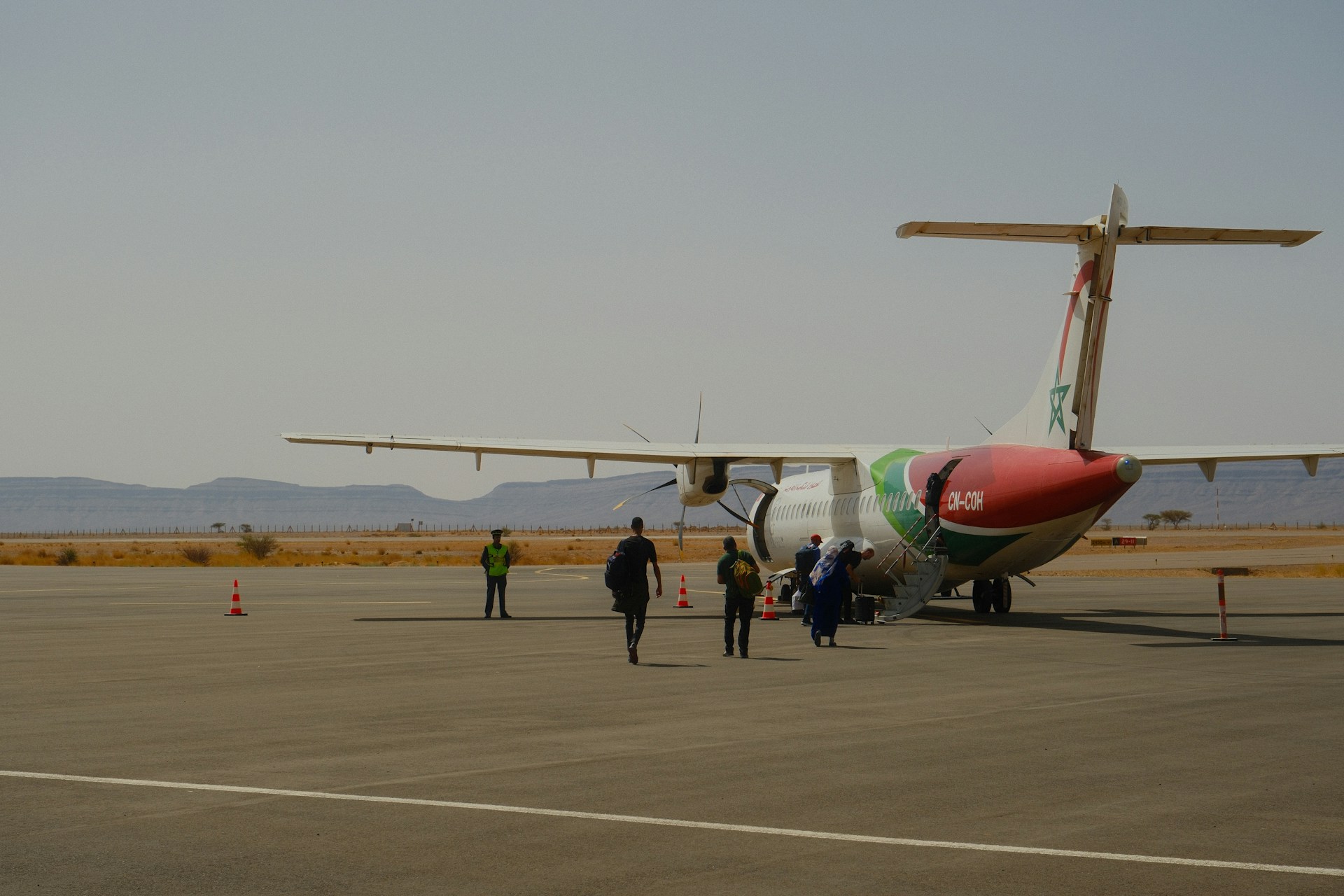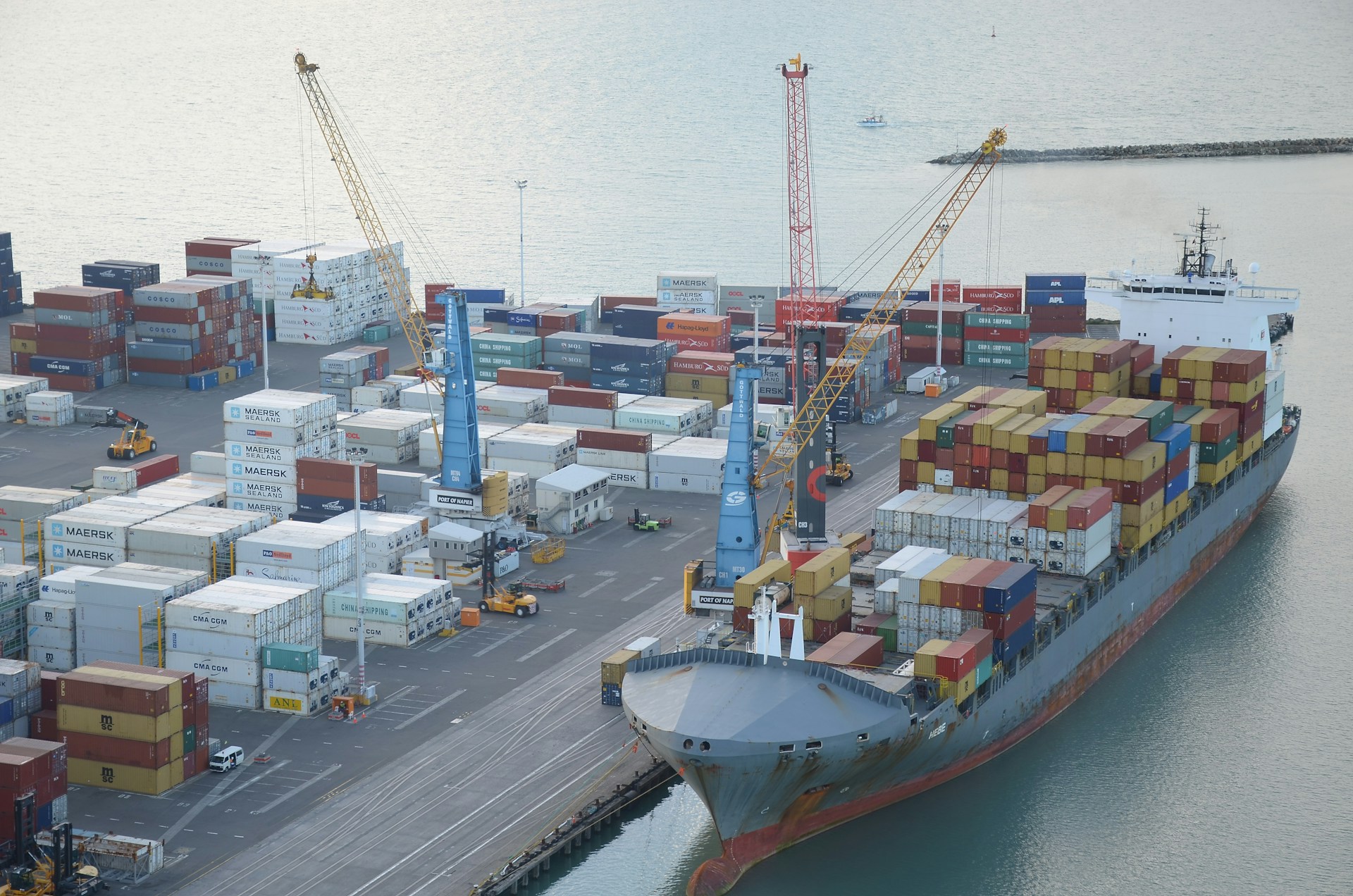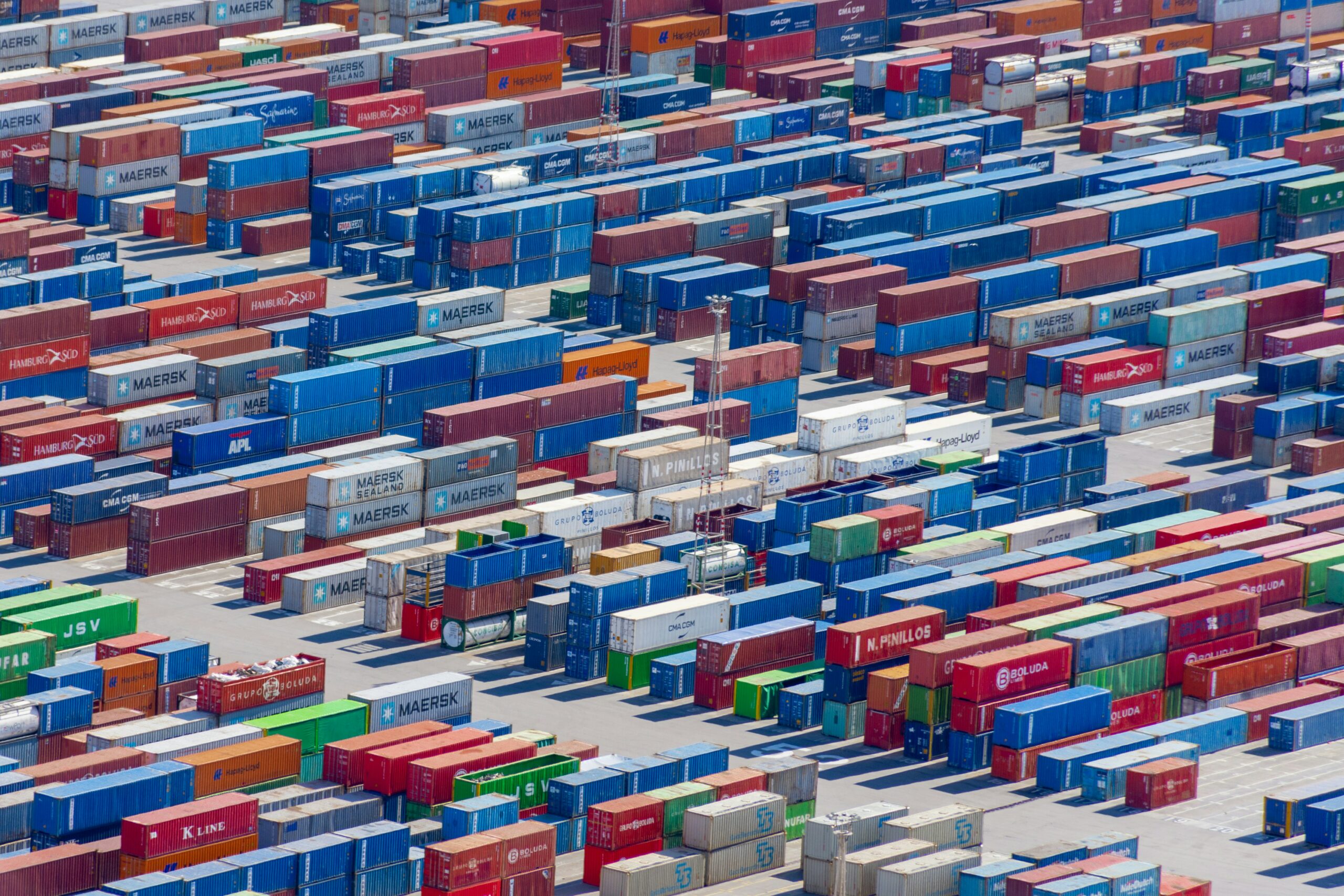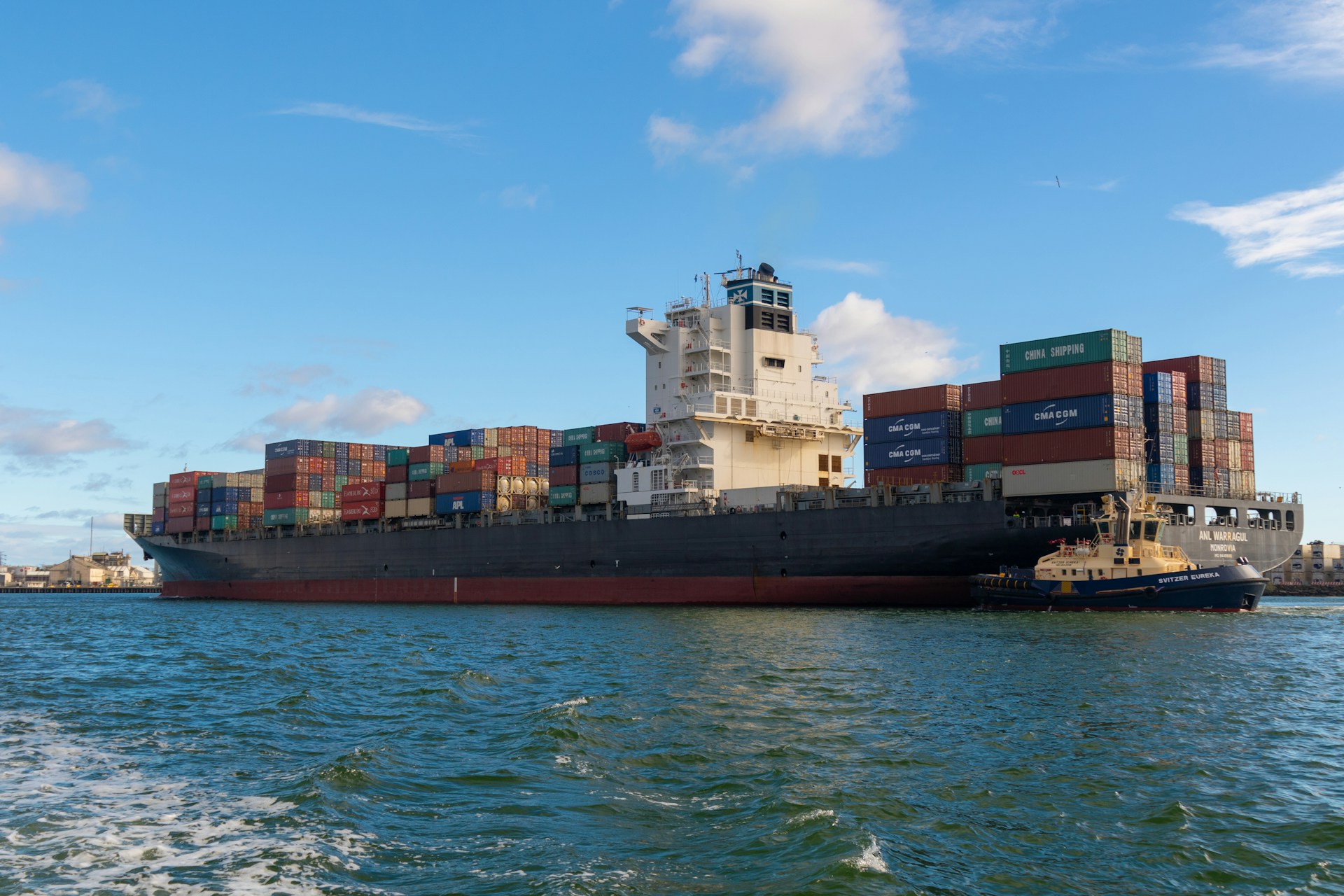Casablanca – Morocco’s customs revenues have seen a solid rise in early 2025, with net collections reaching approximately $3.18 billion by the end of April, according to the latest report from the General Treasury of the Kingdom (TGR). This represents a 10.3% increase year-over-year, signaling steady growth in import-related fiscal inflows despite shifts in energy-related taxation.
The rise in customs revenues stems primarily from three sources: customs duties, value-added tax (VAT) on imports, and the domestic consumption tax (TIC) on energy products. These collections are calculated after accounting for various refunds, exemptions, and tax settlements, which totaled around $2.37 million by the end of April 2025—down from $4.12 million during the same period in 2024.
Strong performance in gross and net revenues
Gross customs revenues stood at approximately $3.18 billion, up from $2.89 billion at the end of April 2024. This 10.2% growth mirrors the net figure and reflects increased trade activity and enforcement of customs regulations.
Among the key contributors:
- Customs duties brought in around $537 million, compared to $526 million in the same period last year—an increase of 2.3%.
- VAT on imports generated about $1.98 billion, up from $1.78 billion in 2024. This 11% rise marks the most significant contributor to the overall customs revenue growth.
However, the VAT component shows a divergent pattern. VAT collected from energy products declined by 4%, while VAT collected on non-energy goods increased by 14.4%. This suggests shifting consumption patterns and possibly fluctuating energy import prices or volume reductions due to improved domestic energy efficiency or policy changes.
Surge in domestic consumption tax on energy
Another key revenue source, the domestic consumption tax (TIC) on energy products, recorded strong growth:
- Net TIC revenues hit roughly $664 million, a 15.4% increase from the $575 million recorded in the same period in 2024. These figures account for tax adjustments, which dropped this year to $1.65 million from $2.89 million.
- Gross TIC revenues were slightly higher at $665 million, reflecting a 15.1% increase over the $578 million recorded a year ago.
This notable jump in TIC revenues indicates robust demand for energy products or an increase in taxation rates on such items. While energy VAT collections dropped, the TIC uptick suggests that although consumption may have fallen, the per-unit tax burden may have increased, or a shift occurred in the types of taxed fuels.
Revenue diversification amid global uncertainties
The customs revenue growth comes at a time when international trade remains volatile. Geopolitical shifts, including changes to tariffs between major economies like the U.S. and China, are impacting global trade flows. Morocco’s ability to generate higher revenues from trade-related taxes despite such headwinds highlights the resilience and adaptability of its fiscal management systems.
Moreover, the reduction in tax refunds and exemptions compared to 2024 indicates a tighter control over fiscal expenditures or a reduction in claims, possibly linked to improved tax compliance or policy reforms.
With overall customs-related revenues exceeding $3.18 billion in the first four months of 2025, Morocco is maintaining a steady trajectory in its public finances. The General Treasury’s report suggests not only stronger economic activity but also a potentially more efficient tax collection system, especially in the context of VAT and TIC.
However, the decline in VAT collections from energy products and the significant rise in domestic consumption taxes may point to underlying shifts in energy policy, consumption patterns, or global pricing. As the year progresses, it will be important to monitor how these trends evolve and what implications they hold for Morocco’s trade balance and energy strategy.
















